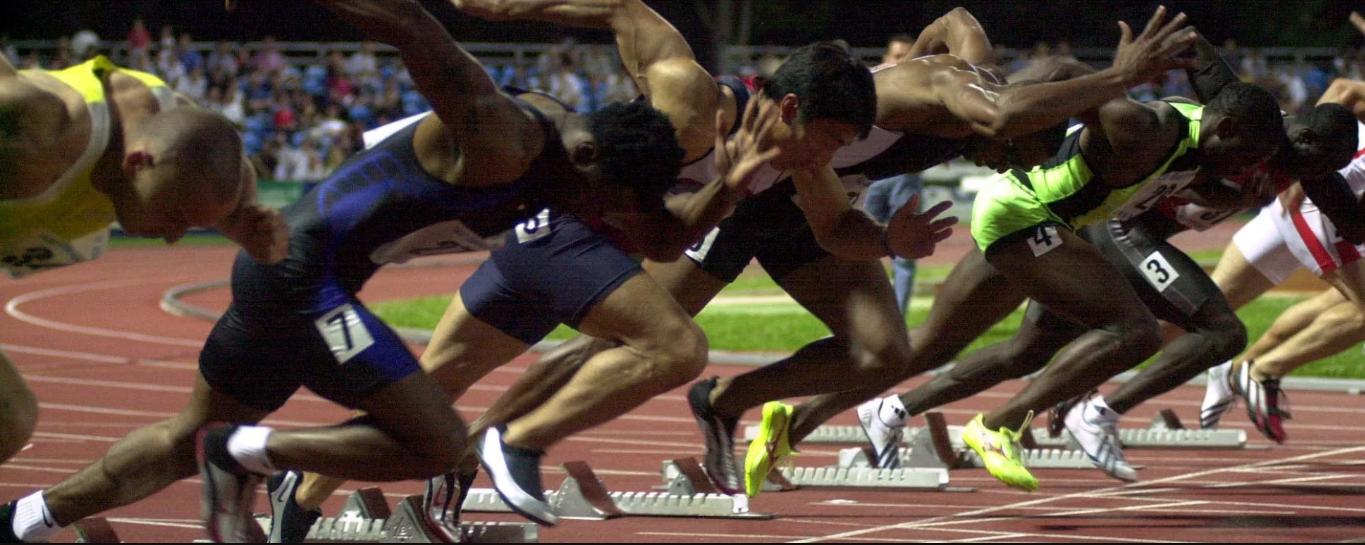In evaluating and teaching high-speed running mechanics, the coach must give the athletes key points on which to concentrate and consciously focus as they learn to re-program their motor patterns. It is useful to break down the
movement in a way that is consistent with a systematic teaching progression. We use six reference points or foci for developing the conceptual technical model, in the teaching progression employed, during video analysis to show faults and causes, and in making corrections. These six foci are:
1. Body Position – This is the most central focus for changes in the technical model and thus for improving performance. If the athlete cannot execute the correct body position with a high degree of skill, it is nearly impossible to optimize the other five foci. Conscious competence in this area must quickly give way to unconscious competence.
2. Recovery Mechanics – This is the first phase of the high-speed running cycle movement. Often thought of as a passive movement and traditionally called the “swing phase”, the mechanically efficient recovery of the limb sets up the other phases of the running stride for higher levels of mechanical efficiency.
3. Transition Phase – This is the phase of the running cycle where an abrupt change of direction of a limb must take place. Faults are often easily recognized in this phase, but they are almost always a product of a cause that is 180° on the other side of the stride cycle.
4. Ground Preparation Phase – This is the phase where the athlete must actively prepare the foot and the leg to strike the ground. From the point of view of determining the performance outcome, this is the second most important phase in the running cycle.
5. Ground Phase – This is the most important phase in the running cycle. Once the athlete leaves the ground, the flight path of the center of mass is unalterable until the next ground force application. Therefore, getting the Ground Phase right is essential.
6. Arm Action – This is the focus that has provoked some of the greatest disagreements between biomechanics and coaches. Biomechanics have contended that the arms balance the forces of the legs to support the body in the proper alignment. Coaches however have promoted that the arms “control the legs” and thus can positively impact performance.
At SPG we believe both are correct ! Schedule your evaluation to get Faster Stronger Better!
